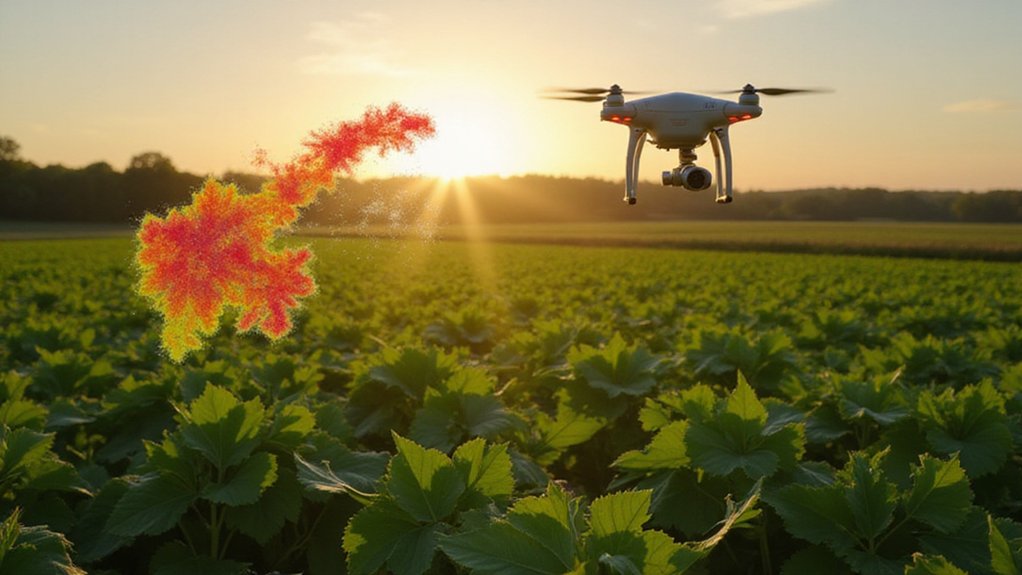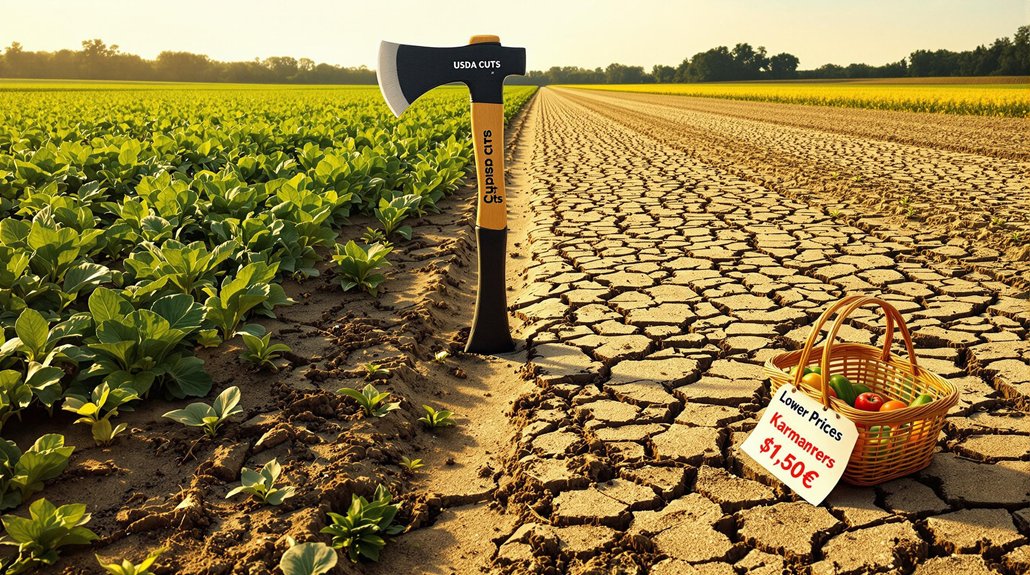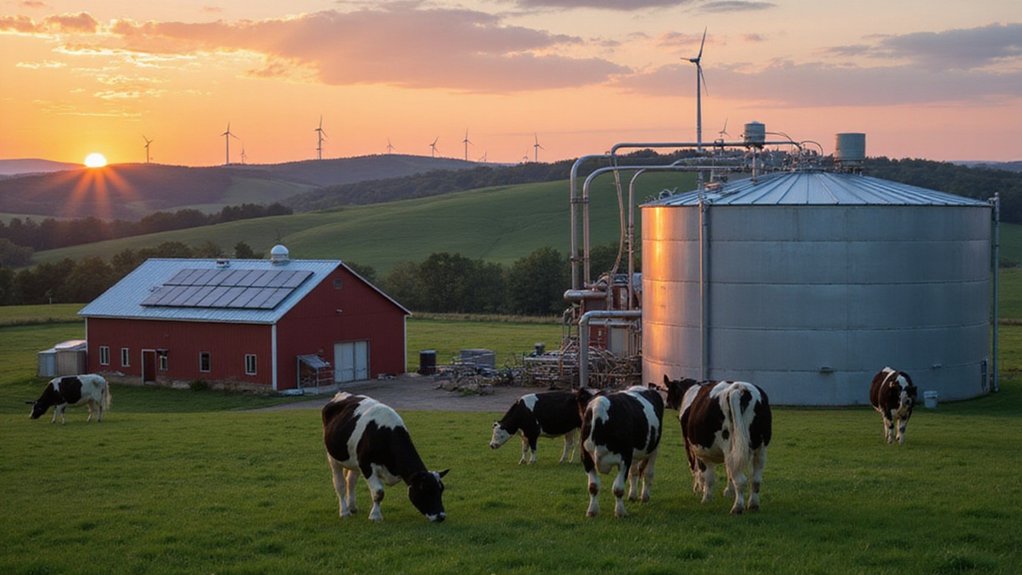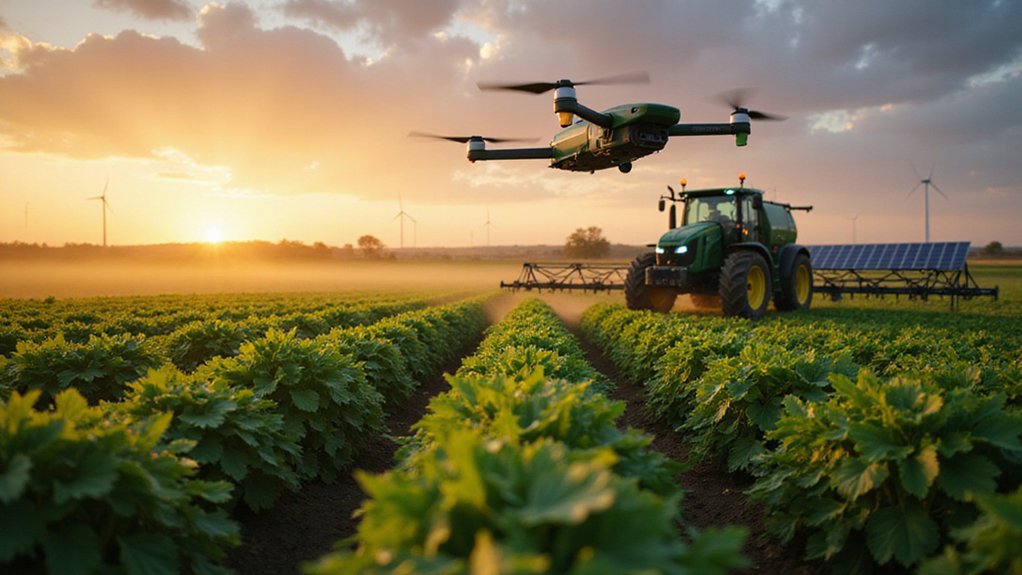Most farmers can’t see crop diseases until it’s too late. By then, their fields are already infected, yields are tanking, and they’re scrambling to save what’s left. But artificial intelligence is changing the game, detecting diseases before human eyes even know there’s a problem.
The technology is almost spooky. Machine learning algorithms analyze images from sensors and cameras scattered across fields, spotting microscopic changes in leaves and stems. These AI systems don’t just look at pictures—they combine weather data, soil readings, and water quality measurements to create a complete disease profile. Cloud-based platforms process everything in real-time, achieving detection rates between 87% and 100%. That’s better than most experienced farmers who’ve been doing this for decades.
The old way of checking crops? Walking through fields, squinting at leaves, hoping you catch something before it spreads. It’s like using a magnifying glass when you could have a microscope. AI automation cuts crop losses by up to 30% and slashes labor costs for disease scouting in half. No more calendar-based spraying either—farmers now target specific problems when they actually exist.
Mobile apps like Plantix let farmers snap a photo and get instant diagnosis right in the field. Platforms such as Fermata’s Croptimus send automated alerts before farmers even finish their morning coffee. These tools connect with irrigation systems, weather stations, and soil sensors, creating a web of protection around crops. Similar to the precision agriculture techniques developed by USDA research, these applications can reduce pesticide usage by up to 20% while maintaining crop health. Even small-scale farmers in remote areas can access this tech through their phones. Advanced CNN models trained on over 54,000 plant disease images can now identify 26 different diseases across 14 crop species with accuracy rates reaching 99.35%.
The AI learns constantly, feeding on massive databases of crop images, weather patterns, and historical disease outbreaks. Every new piece of field data makes the system smarter. It’s like having thousands of expert agronomists watching your fields 24/7, except they never sleep or take lunch breaks. The PlantVillage project has already helped thousands of farmers integrate this technology into their daily operations.
Sure, there are problems. Rural infrastructure often stinks, making connectivity a nightmare. Some farmers struggle with the technology—not everyone’s ready to trust a computer over their own eyes.
But the results speak for themselves. Lower pesticide use, better yields, and early warnings that leave farmers stunned. The invisible becomes visible, and crops get a fighting chance.
References
- https://www.agritechtomorrow.com/story/2024/05/how-ai-is-used-for-crop-disease-diagnosis/15554/
- https://www.xenonstack.com/use-cases/crop-disease-detection-with-ai
- https://www.fermata.tech
- https://www.gsma.com/solutions-and-impact/connectivity-for-good/mobile-for-development/blog/detecting-and-managing-crop-pests-and-diseases-with-ai-insights-from-plantix/
- https://flypix.ai/blog/crop-disease-detection-tools/








